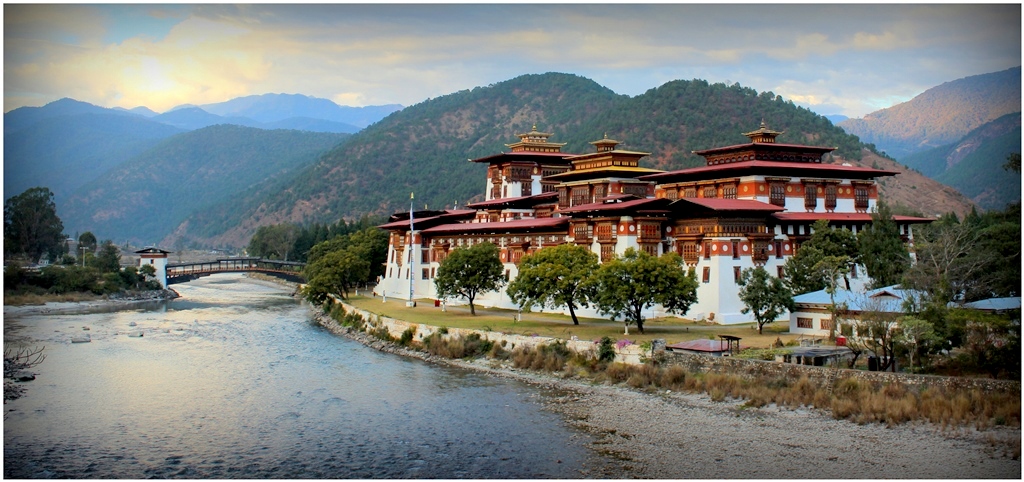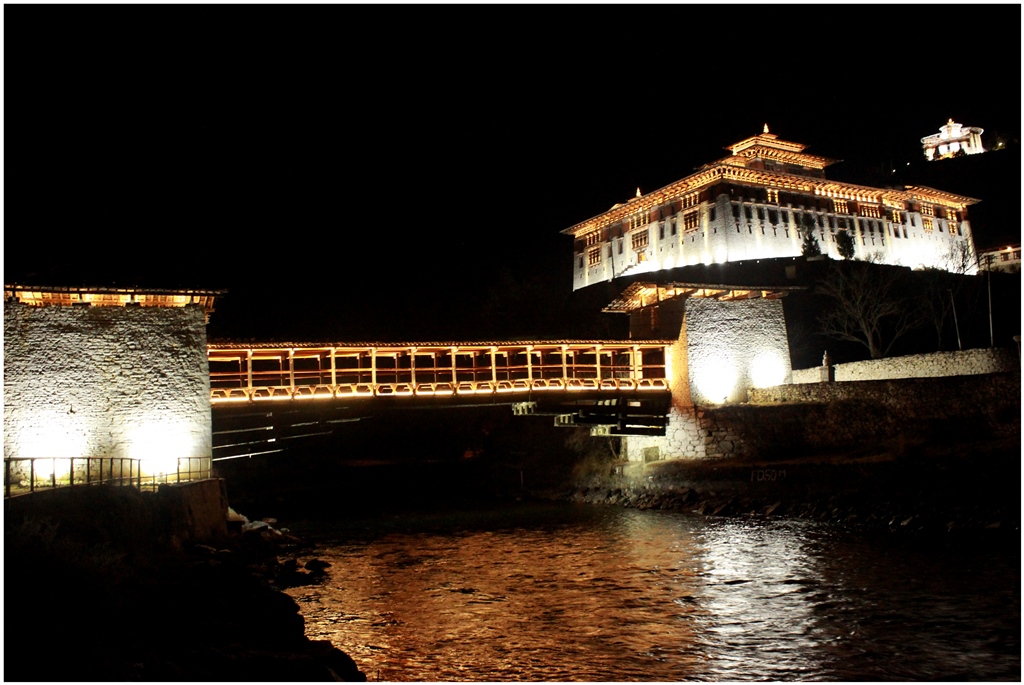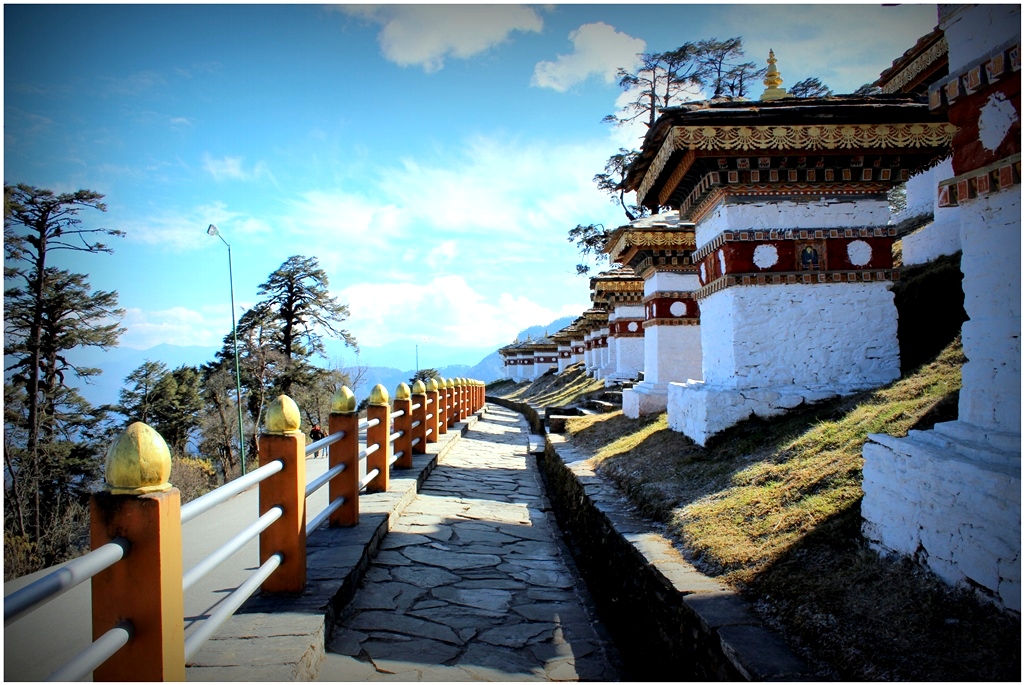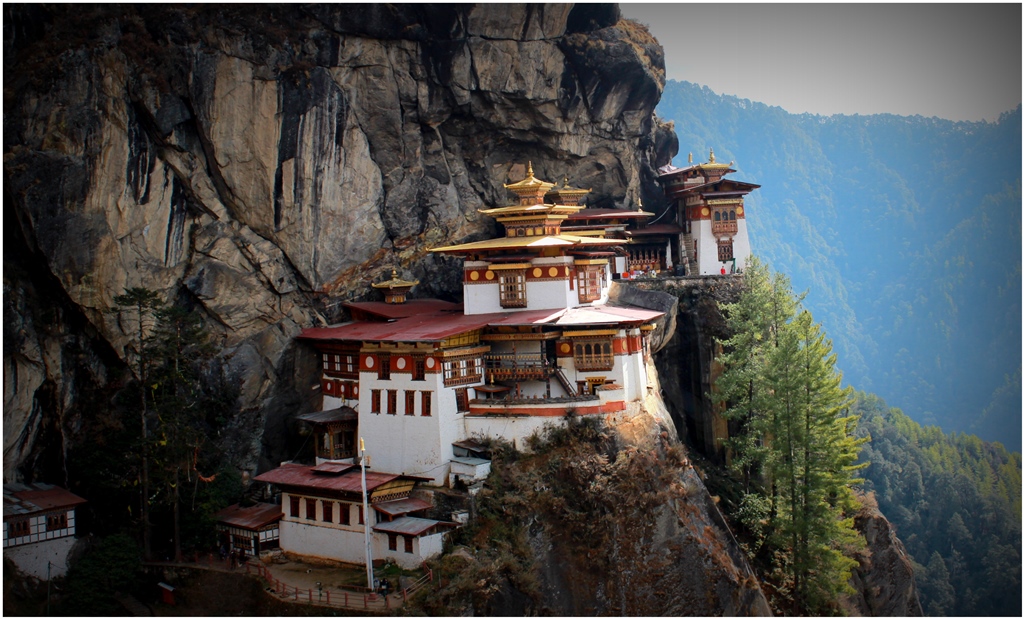
Bhutan Diaries [Part – 1] – Planning
Bhutan is no ordinary place, it is the last great Himalayan kingdom shrouded in mystery and magic. Besides the stunning natural scenery, the enduring image of the country for most visitors is the strong sense of culture and tradition that binds the kingdom and clearly distinguishes it from its larger neighbours. Bhutan is the only Vajrayana Buddhist nation in the world, and the profound teachings of this tradition remain well preserved and exert a strong influence in all aspects of life. Due to its pristine environment and harmonious society, the tiny Kingdom of Bhutan has been called “The Last Shangrila.”

Bhutan Diaries [Part – 2] – Phuentsholing – Paro – Thimpu
Phuentsholing: Plan was to reach Bhutan by road from Bagdogra. From India Phuentsholing is the entry point and need to get a permit to Paro and Timphu (for Indians we need only permit not Visa). Phuentsholing is around 165 Kms from Bagdogra Airport and easily it will take 6 to 7 hours to reach considering the narrow roads and including the breaks (but according to Google maps its 4 hours journey).
Paro: The charming town of Paro lies on the banks of the Paro (or Pa) Chhu, just a short distance northwest of the imposing Paro Dzong. The main street, only built in 1985, is lined with colourfully painted wooden shop fronts and restaurants. Paro is one of the best Bhutanese towns to explore on foot and is worth an hour or two’s stroll at the end of a day of sightseeing. But, most of the shops will close by 8.00 p.m. and even Restaurants.
Thimpu: Thimphu is the capital of the Kingdom of Bhutan, and with a population of around 80,000 is the nation’s largest city.

Bhutan Diaries [Part – 3] – Dochula Pass
Dochula Pass: The pass is a popular location among tourists as it offers a stunning 360 degree panoramic view of Himalayan mountain range. The view is especially scenic on clear, winter days with snowcapped mountains forming a majestic backdrop to the tranquility of the 108 stupas gracing the mountain pass.
Bhutanese families enjoy visiting the pass during holidays and weekends to picnic and simply enjoy the scenery. It is common to see families and groups of friends seated amongst the stupas, enjoying a packed lunch and hot tea. For tourists this is ideal location to capture beautiful pictures of Himalayan mountain range during clear, warm days.
Chimi Lhakhang: is dedicated to Lama Drukpa Kunley (also known as the Divine Madman) and is popular among childless Bhutanese couples as a temple to seek blessings. One should walk for almost 20 to 30 minutes to reach the monastery. The walk take us through flat paddy fields and gentle slope.

Bhutan Diaries [Part – 4] – Punakha Dzong
The Punakha Dzong, often referred to as the ‘Palace of Happiness’, is the second oldest and second largest dzong in Bhutan. This spectacular emblem of Bhutanese religious architecture sits right at the confluence of the Mo Chhu and Pho Chhu rivers and is perhaps the obvious key to unlocking Punakha’s secrets.
It opens for the visitors from 9.00 a.m to 5.00 p.m on all working days (closed on general holidays). No entry fee required to enter the Dzong.
One of the must visit places in Bhutan, entry for this Dzong is free and its very quite and beautiful place.
We can cover this wonderful place in 2 hours. After capturing beauty of Dzong we headed towards Suspension Bridge.

Bhutan Diaries [Part – 5] – Trek to Tiger’s Nest
Base camp of Tiger nest is around 12Kms from Paro (hardly it will take 20 minutes to reach base camp). Better to start the trek early in the morning (around 8 would be fine).
About Tiger’s Nest: According to legend, Padmasambhava flew to the cave on the back of a Tiger. Taktsang literally means “Tiger’s lair,” which comes from an alternative legend involving the former wife of the emperor and Padmasambhava. She transferred herself into a Tigress and carried Padmasambhava from Tibet. Again, this is where Padmasambhava mediated but this time emerged in 8 different forms and why the Tiger’s Nest is such an important site among Buddhists.
The monastery was built in 1692 around the cave where Guru meditated. Today, it is a cultural icon of Bhutan. A trip to Bhutan is not complete without a visit to this beautiful place.
